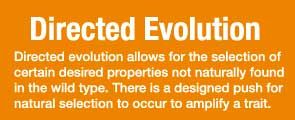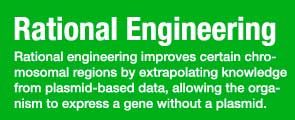Team:UC Davis/Project/Strain
From 2012.igem.org

Background
Rationale
Our main goal is for the E. coli to be able to live off PET as the sole carbon source. In order to do this, it must be able to sequester the carbon into its metabolism. In the diagram below, the ethylene glycol binds to the glycolaldehyde reductase to form glycolaldehyde. After, the glycolaldehyde attaches to the glycolaldehyde dehydrogenase to form glycolate. The glycolate goes in to the metabolism via further reactions with glycolate dehydrogenase and malate synthase. The (S)-malate is the final product that is incorporated in to the citric acid (TCA) cycle. As the citric acid cycle propagates, more energy is made for the cell, allowing growth and self-sufficient development on PET.

Our Strain
What we're doing

Our second approach separates the genes, allowing us to see if the genes can be expressed more efficiently when they are under the control of one promoter each. The separation also permits us to induce one promoter and therefore express one gene at a time. With the genes expressed independently, we are able to control the production of each enzyme and ensure equal amounts are expressed. The glycolaldehyde reductase enzyme will be under the control of the pBAD promoter; the glycolaldehyde dehydrogenase enzyme will be under the control of the pLAC promoter. Because we are employing the lac promoter, we must have the lacI operon to act as the repressor. The diagrams below depict the cassette orientation within each plasmid. For each of these set-ups, we will use restriction enzymes, gel purifications, and then ligations to piece together each sub-construct. The process is lengthy in time because of the time involved for transformations, liquid cultures, and enzymatic digests.

 "
"










